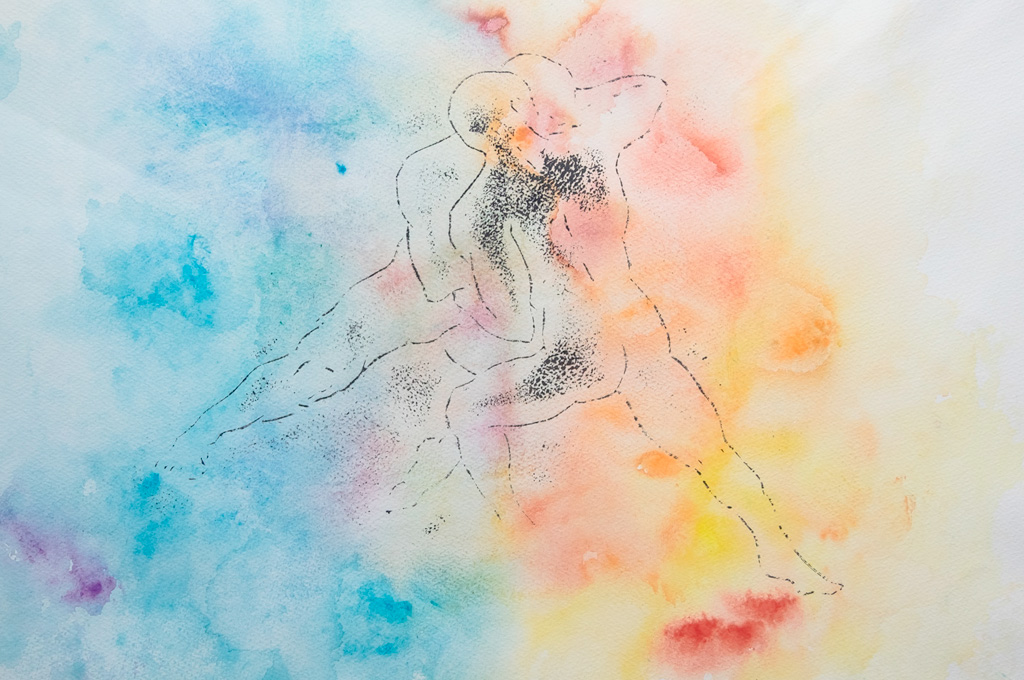The categories of the mosaic
The world of the mosaic art is wide. For these reason I think it could be useful to stop and clarify the question in order to understand better.
The mosaic has an ancient story. The first discoveries date back to 3000 b.C.; a lot happened since then and it is natural that this technique has evolved in different ways.
In this post I try to subdivide this world to explain you better in which category I put my works.
In my opinion, there are 4 categories: monumental mosaic, mosaic as furnishing, mosaic and sculpture and finally, easel mosaic.
The monumental mosaic is maybe the most well-known. In this category I put all the wall mosaics that embellish churches, underground stations or palaces. Organized teems work like an orchestra, everyone with a precise role: who prepares the drawing, who translates it into mosaic and who applies it into the final support. In this way, the mosaic finds one of its better expression: colors, shapes and plays of light are setting of at best.

The mosaic as furnishing is, to me, a mere coating. The mosaic technique was born, as for many man’s inventions, for a practice reason: it is a second skin that protects the bearing elements of the place and, in this form, it is strictly linked with architecture. Concrete examples are: coating of floors, walls or swimming pools.

Mosaic and sculpture is a very specific category. If we think to the mosaic as a second skin (as for the mosaic for furnishing), a lot has been done in the artistic circle, in order to explore the union between plastic shapes and mosaic (very good examples have been exhibited in the last mosaic biennial in Ravenna).

Finally, there is the easel mosaic, my category. They are little or medium mosaics that are worked directly into self-bearing structures. Why did I decide to remain in this category? Because I have the possibility to work independently, follow all the various steps of the work, from the planning to the execution, taking care of all the aspects: the choice of the materials, how breaking them, which andamenti to follow. It is the only way to give vent to all the stories that I need to tell, choosing my own language.



